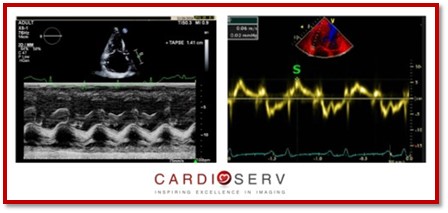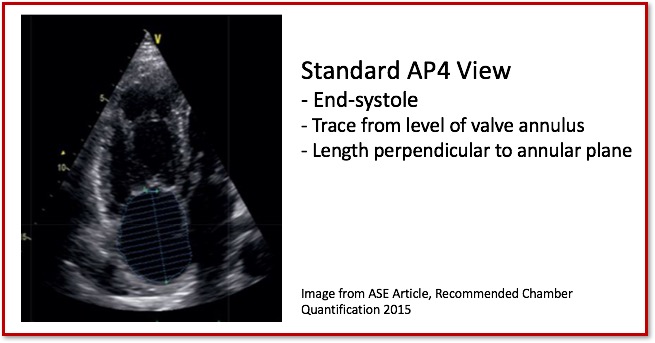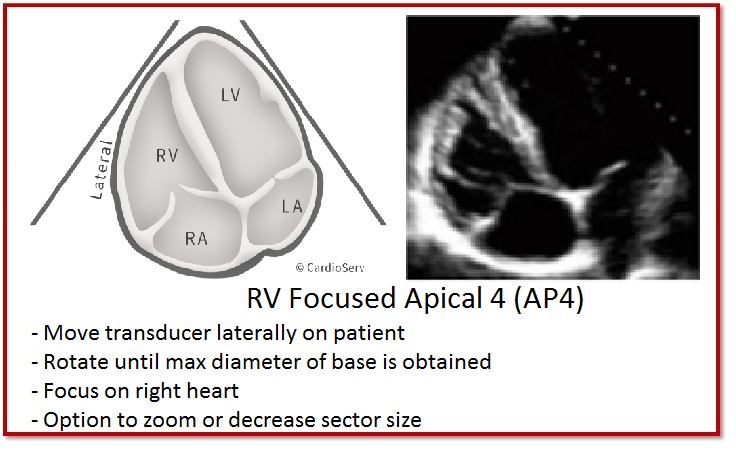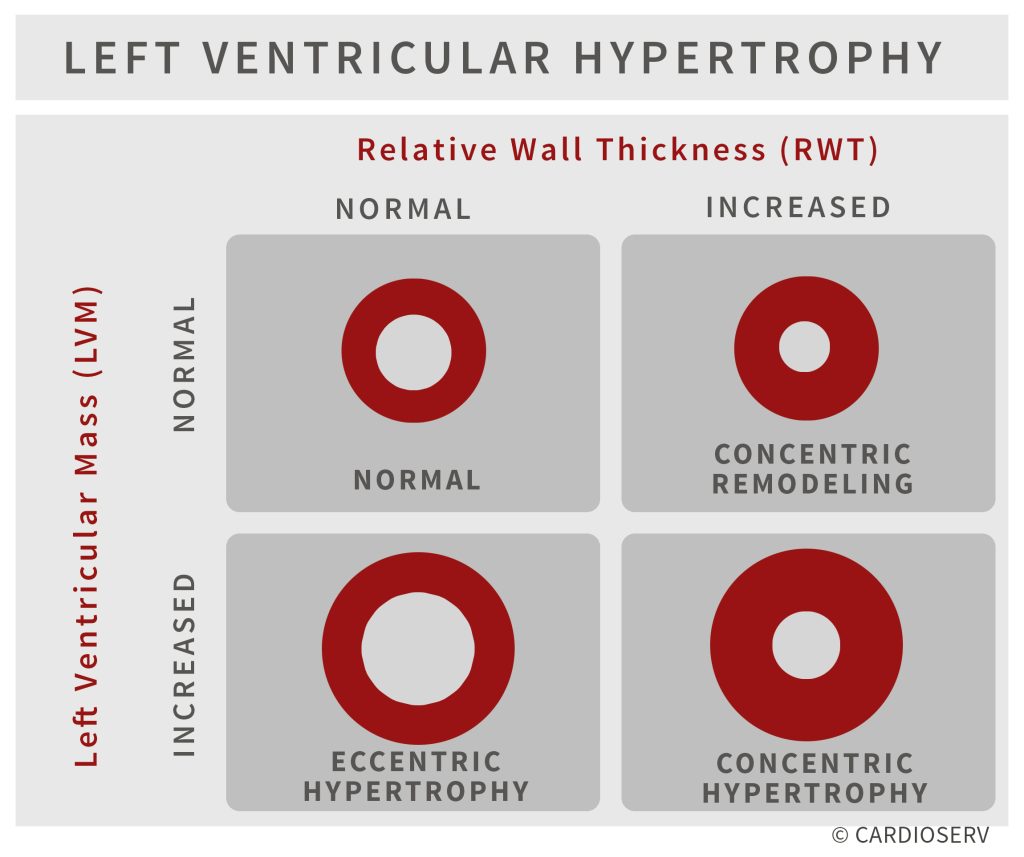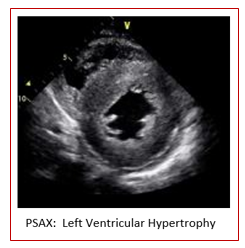Mitral Regurgitation Case Study!
Last week we walked through a case study demonstration, using the ASE’s chronic mitral regurgitation (MR) algorithm. This week, we have another case study to present– let’s see how you quantify the severity of MR!
Mitral Regurgitation Case Study! Read More »




